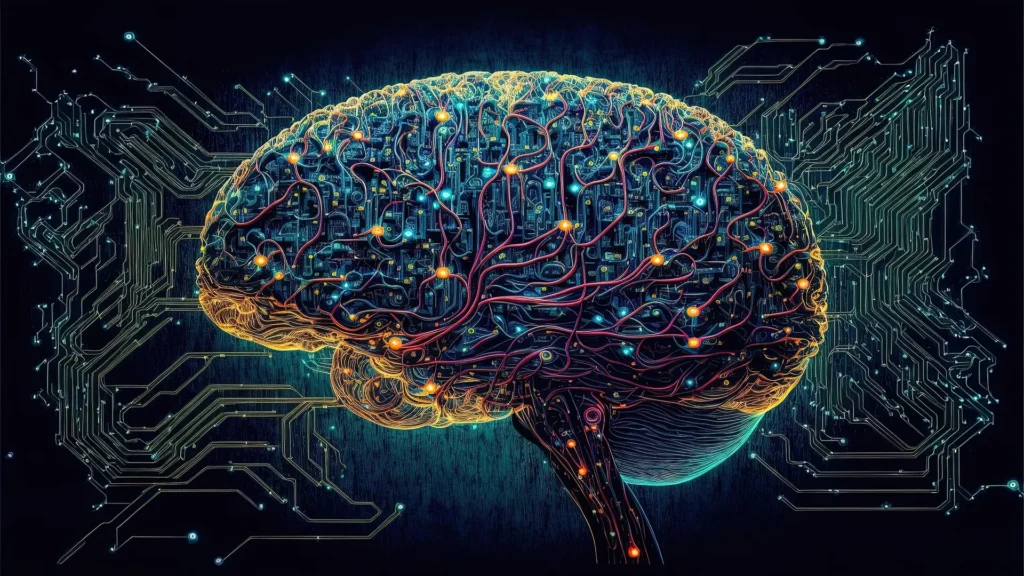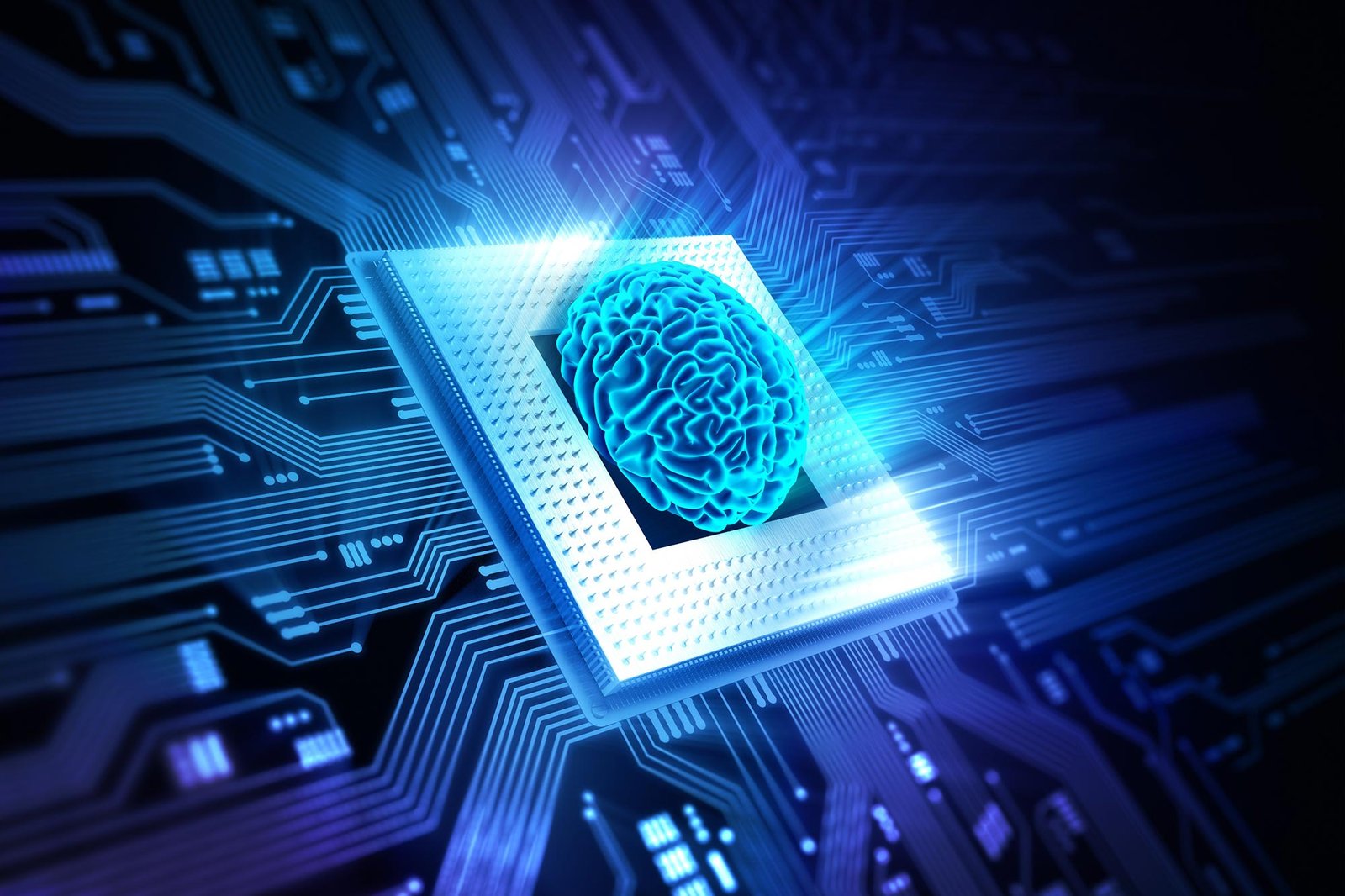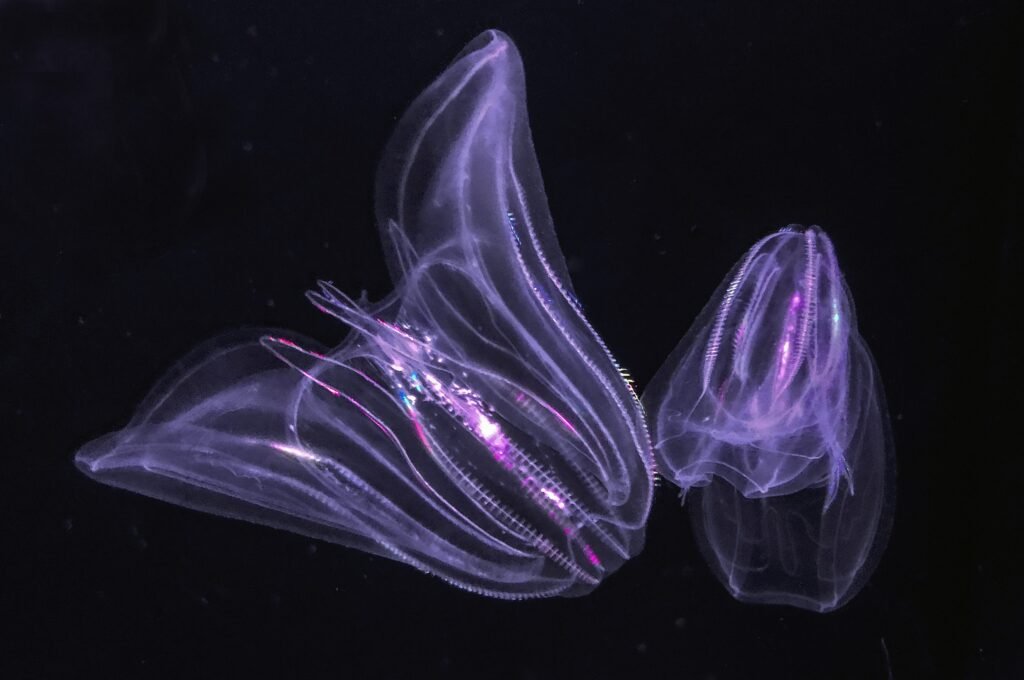Scientists created artificial brain cell using a mix of water and salt
Scientists have surprisingly created an artificial brain cell using a mix of water and salts that works like human brains. The researchers at Utrecht University in the Netherlands and Sogang University in South Korea have created this revolutionary scientific brain cell.
The results of this study have publications in the National Academy of Sciences journal. Scientists were working to create high-performing, energy-efficient computers that drive their inspiration from human brains.

The human brain uses ions that are dissolved salt particles with water as its medium. However, modern high-tech computer systems depend on traditional solid materials for the same purpose. Scientists have recently created artificial neurons or neurological connectors to build an artificial brain cell integrated into modern computers.
Scientists have named the “Iontronic memristor” to this modern artificial brain cell, comprised of salt and water. It is a cone-shaped device with a width of 150 by 200 micrometers, equal to three or four human hairs placed side by side.
However, the artificial brain cell stores the amount of electrical charge passed through it. Ions travel through the cone-shaped channel as a result of electric impulses. Hence, changes in electrical charge create changes in ion mobility.

Click here to read the updates on Chinese doctors transplanted pig kidney into brain-dead human body
Thus, the new research may contribute to the development of science toward producing a human brain replacement goal. Tim Kamsma is a theoretical physicist at Utrecht University.
According to Tim, the newly developed artificial brain cell represents a crucial development toward computers. Hence, it can copy the human brain’s communication patterns. It opens the door for advanced computer formation that works like the brain.
Tim explained that they can now achieve this task (artificial brain) using water and salt as artificial brain neurons can process complex information already based on solid materials. They can accurately copy the behavior of neurons with a device that uses the same medium (salt and water) as the brain.
Read More:
- Sea creature turns into a baby when it is stressed out showing time travel
- Realme Narzo 70 Turbo 5G launch date, features, specifications & price
- European Space Agency printed 3D metal part in space for first time
- Earth’s mysterious Alaska triangle where over 20,000 people disappeared
- Philips Hue launched a new smart lighting solution for kitchen
- NASA to launch life-searching spacecraft to Jupiter’s moon Europa
Share this content:










Post Comment